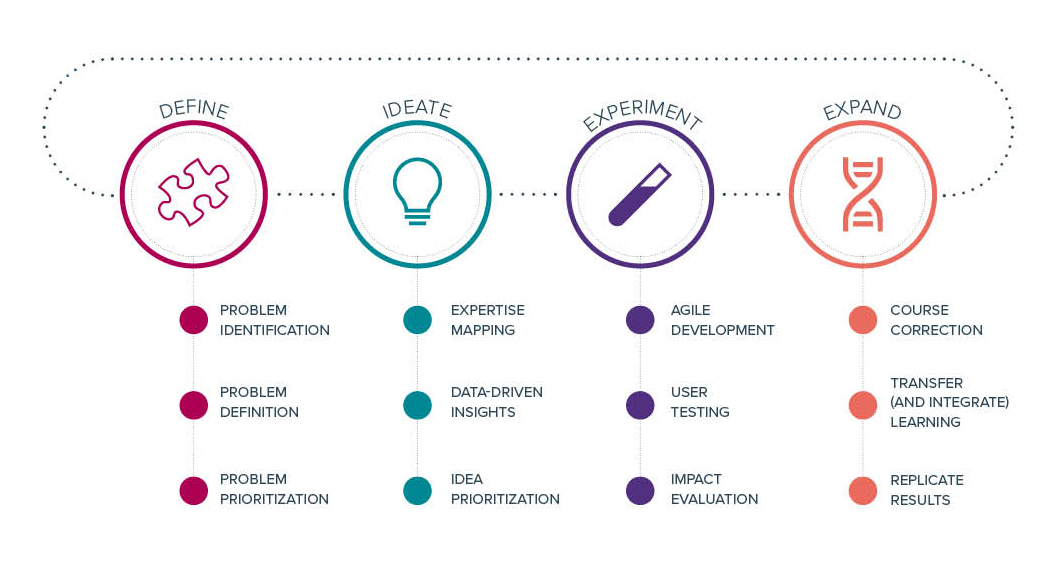
More and more people live in urban settings. At the same time, and often resulting from the growing urban population, cities worldwide are increasingly confronted with complex environmental, social, and economic shocks and stresses. When seeking to develop adequate and sustainable responses to these challenges, cities are realizing that traditional methods and existing resources often fall short.
Addressing 21st century challenges will require innovative approaches.
“People-Led Innovation: Toward a Methodology for Solving Urban Problems in the 21st Century,” is a new methodology by The GovLab and Bertelsmann Foundation aimed at empowering public entrepreneurs, particularly city-level government officials, to engage the capacity and expertise of people in solving major public challenges. Co-authored by Andrew Young, Jeffrey Brown, Hannah Pierce, and Stefaan G. Verhulst, this guide focuses on unlocking an undervalued asset for innovation and the co-creation of solutions: people and their expertise.
The methodology incorporates lessons learned from multiple experiments and practices - including those by The GovLab such as Civic Challenges and Smarter Crowdsourcing – while drawing heavily on the Bertelsmann Foundation’s Transatlantic Policy Lab project, which used week-long living labs in Boston and Athens to source innovative and neighborhood-specific recommendations.
Designed for city officials, and others seeking ways to improve people’s lives, the methodology provides: